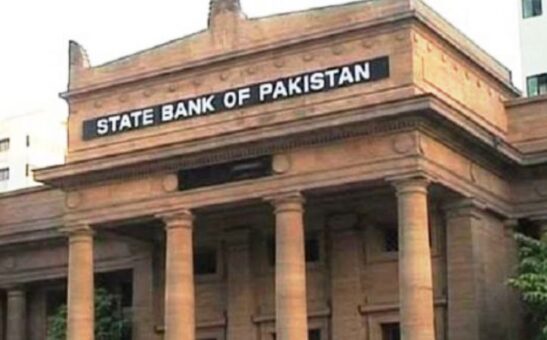KARACHI: The consumer financing has lost pace in fiscal year 2018/2019 to total loans of Rs57.3 billion as compared with Rs86.5 billion in preceding fiscal year. The major drag came from auto and house financing segments, State Bank of Pakistan (SBP) said in its annual report on Pakistan Economy 2018/2019.
The SBP issued the report a day earlier, stating that the auto and housing financing suffered due to the government’s ban on non-filers from purchasing/ registering assets such as cars and residential properties (above Rs 5 million), several price hikes of cars, and rising interest rates.
The anticipation of new product launches and phasing out one popular model also played their part, as some customers may have adopted a wait-and-see approach.
The SBP data shows that the car financing fell to Rs22.2 billion in fiscal year 2018/2019 as compared with Rs43.3 billion in preceding fiscal year. Similarly, housing loans fell to Rs10.4 billion in 2018/2019 as compared with Rs22.3 billion in the preceding fiscal year.
The SBP said that since interest rates were on an upward trajectory, the substantial increase in installment amount compelled borrowers to either opt for high equity participation ratio or avoid bank financing altogether.
Apart from these factors, the popularity of ride hailing services, which itself was an early contributing factor to the rise in auto financing, also seemed to have reached its saturation level, thereby negatively contributing to the growth in advances.
The SBP said that in terms of outstanding portfolio, Islamic banks were able to keep their share intact at around 46 percent as of June 2019. However, in flow terms, the increase stemmed mainly from conventional banks where medium-sized players dominated.
Nonetheless, the ban on non-filers on purchasing property (above Rs. 5.0 million) kept this segment suppressed during the year. As per industry sources, the increased price levels also eroded the capacity of many households to afford residential units in close vicinity of urban centers.
Moreover, as per anecdotal evidence, consistent interest rate hikes during the year significantly raised the installment amount for potential borrowers, many of whom stand disqualified due to the breach of the maximum required debt-burden ratio.
Compared to other segments, personal loans and consumer durables performed better. The flow of FY19 for consumer durables was historically highest, but price impact mainly explained this phenomenon, as there was more than double-digit inflation in consumer durables during the year.
The argument also gets support from the fact that while banks received around 20 percent lower applications, the average loan size of accepted applications more than doubled to Rs 2.8 million in FY19 from Rs 1.2 million last year.
